The crescent-shaped Lord Howe Island is about six miles (10kms) long, just over a mile (two kilometres) wide at its widest point and a fraction of a mile (0.3kms) wide at its narrowest point. Its shape is typical of island remnants whose active volcanic past helped carve out the bays, islets and curving bends of the coastline and geology of Lord Howe Island.
The island’s west coast is dominated by a coral reef lagoon that is semi-protected from the sea. This is where the most accessible of the island’s 11 beaches is located and thus it is a popular destination.
Both the north and south ends of the island are elevated and covered with thick virgin forest.
Most of the island’s 340-plus residents live at the northern end of Lord Howe Island where the two high points of Mount Eliza (482 feet) and Malabar (686 feet) dominate the skyline.
The geology of Lord Howe Island at the southern end is punctuated by the highest point on the island, the peak of Mount Gower (2,871 feet). This volcanic mountain is accompanied by Mount Lidgbird (2,549 feet), which is just a couple of hundred feet lower in elevation.
The middle of Lord Howe Island is relatively flat and largely cleared of forest. This is where most of the farming, housing and the airstrip are located.
Spread around the main island is an archipelago consisting of 27 other islets and rocky outcroppings.
The most iconic of the bunch is Balls Pyramid, a strikingly jagged rock poking out of the sea around 15 miles (23kms) southeast of Lord Howe Island.
The geology of Lord Howe Island is primarily the seriously eroded remains of a shield volcano that is seven million years old. Basalt makes up most of the higher elevation while calcarenite, a coral sand, covers most of the lowland area around the bases of the various mountains.
The entire island is eroding rapidly and will likely be completely submerged within 200,000 years.



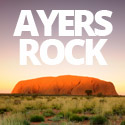
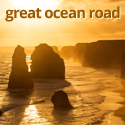
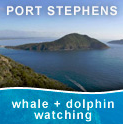
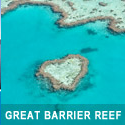

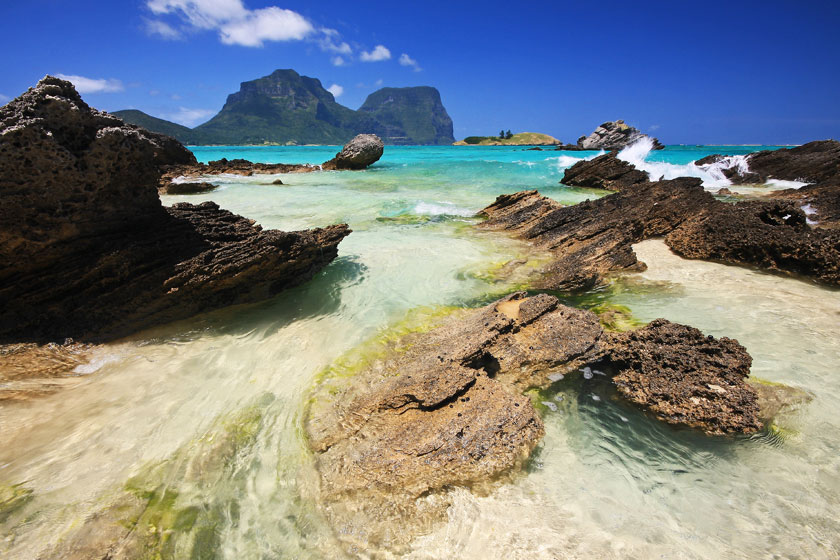
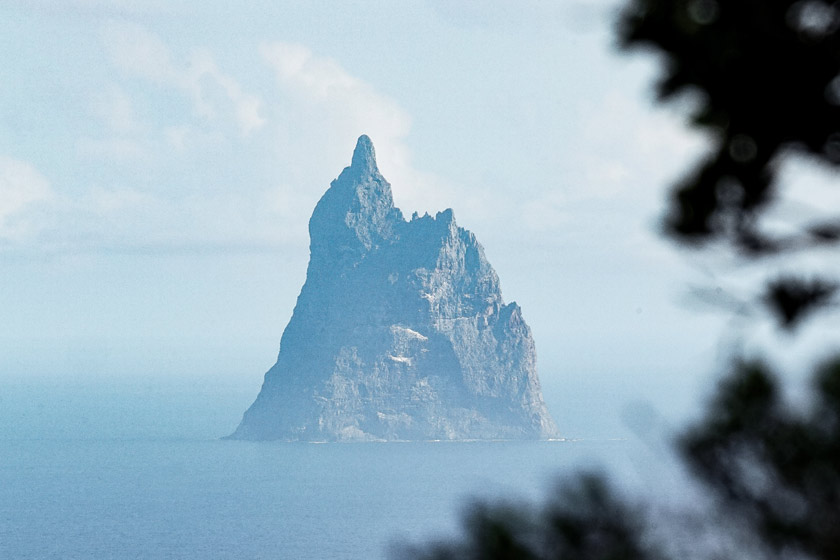
 Points Of Interest
Points Of Interest Accommodation
Accommodation

